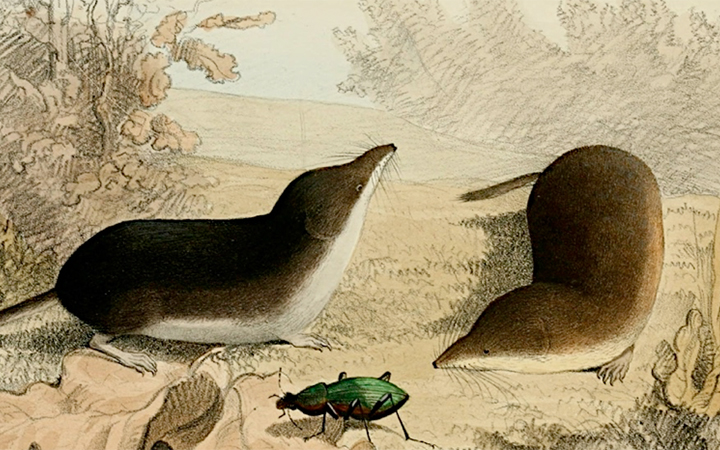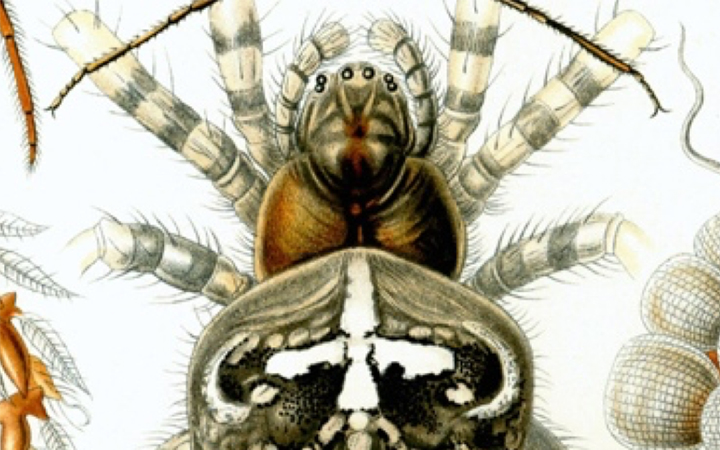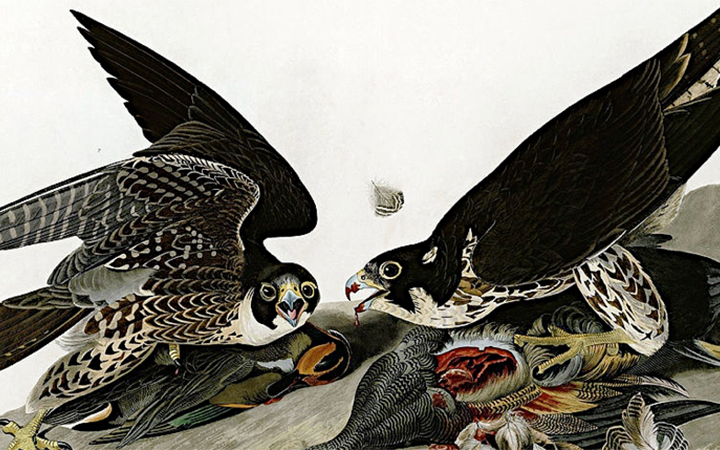Cards
(QUICK LINKS: Decks | plants | mammals | birds | | reptiles | fish | cephalopoda | insects | microbe | events
( scientist | project | modifier | technique |)

Galapagos giant tortoise
Chelonoidis nigra



3 POINTS
Play: This tortoise has a MOVE of 2.
Fact: Charles Darwin visited the Galápagos for five weeks on the second voyage of HMS Beagle in 1835 and saw Galápagos tortoises on San Cristobal (Chatham) and Santiago (James) Islands.

Snowy Old
Bubo scandiacus


8 POINTS
Play: The Snowy Owl has a FLIGHT of 2.
Fact: The Snowy Owl is one of the largest species of owl and, in North America, is on average the heaviest owl species.

Common Shrew
Sorex araneus


7 POINTS
Play: The Common Shrew has a MOVE of 2.
Fact: Shrews need to consume 200-300% of their body weight each day in order to survive. A shrew must eat every two to three hours to achieve this goal.

European Garden Spider
Araneus diadematus


7 POINTS
Play: The European Spider has a MOVE of 1.
Fact: The third pair of legs the garden spiders are specialized for assisting in the spinning of orb webs.

Dunnock
Prunella modularis


3 POINTS
Play: The Dunnock has a FLIGHT of 2.
Fact: The name “Dunnock” comes from the ancient british dunnākos, meaning “little brown one.”

Peregrine Falcon
Falco peregrinus


6 POINTS
Play: The Peregrine Falcon has a FLIGHT of 2.
Fact: The peregrine is renowned for its speed, reaching over 200 mph during its characteristic hunting stoop (high speed dive,) making it the fastest member of the animal kingdon.